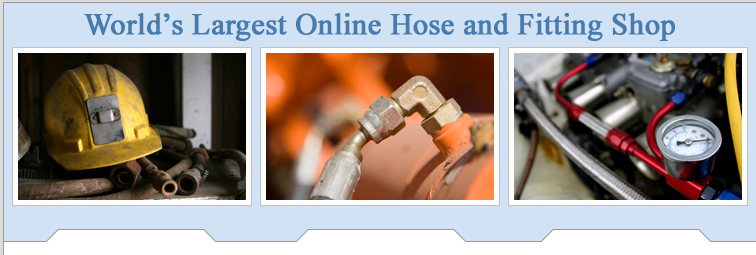In last week's email, we talked about decompression and how to control it.
Let's wrap up the topic of noise by talking about a phenomenon known as 'water hammer'.
Water hammer is the term used to describe the effect that occurs when the velocity of the fluid moving through a pipe suddenly changes.
Sudden change in fluid velocity causes a pressure wave to propagate within the pipe. Under certain conditions, this pressure wave can create a banging noise, similar to that you would expect to hear when beating a pipe with a hammer. Hence the phrase.
Not surprisingly, common symptoms of this problem are high noise levels, vibration and broken pipes.
When a moving column of fluid hits a solid boundary - when a directional control valve closes suddenly for example, its velocity drops to zero and the fluid column deforms, within the rigid cross-sectional area of the pipe, to absorb the energy associated with its motion - similar to a car hitting a concrete wall.
However unlike a car, the fluid is almost incompressible so the deformation is small and a store of energy accumulates in the fluid - similar to compression of a spring.
The magnitude of the pressure rise that results from the subsequent release of this stored energy can be expressed mathematically as follows:
Pr = P + u p c
Where P is initial pressure, u and p are initial fluid velocity and density respectively and c is the speed of sound through the fluid.
Accumulators and other damping devices are sometimes installed in an effort to deal with this problem. However, the significance of the pressure rise equation shown above is that fluid velocity is the only variable that can be altered to address the root cause.
Put simply, reducing the velocity of the fluid column that hits the solid boundary, reduces the magnitude of the subsequent pressure rise.
Returning to the traffic crash analogy - the slower the car is traveling when it hits the wall, the less damage is caused.
In hydraulics, the easiest way to do this - on paper at least, is to increase the diameter of the pipe. This reduces fluid velocity for a given flow rate.
The other alternative is to control deceleration of the fluid column by choking valve switching time to the point where the pump's pressure compensator and/or system relief valve reacts fast enough to reduce flow rate through the pipe and therefore velocity of the fluid.
Craig Cook

